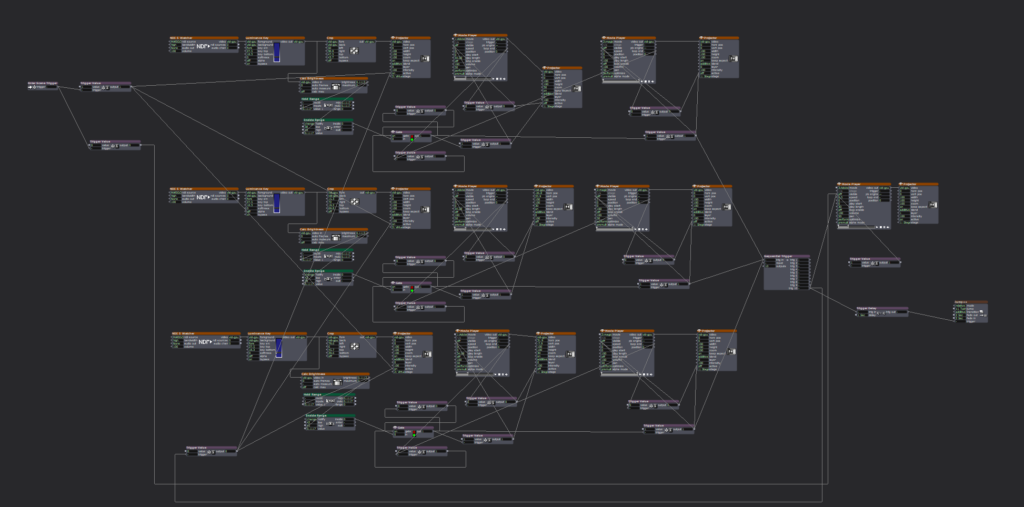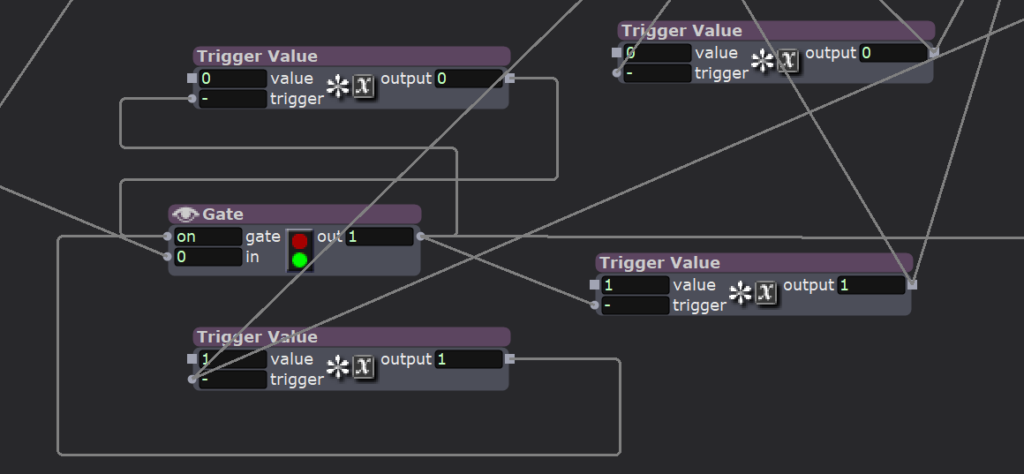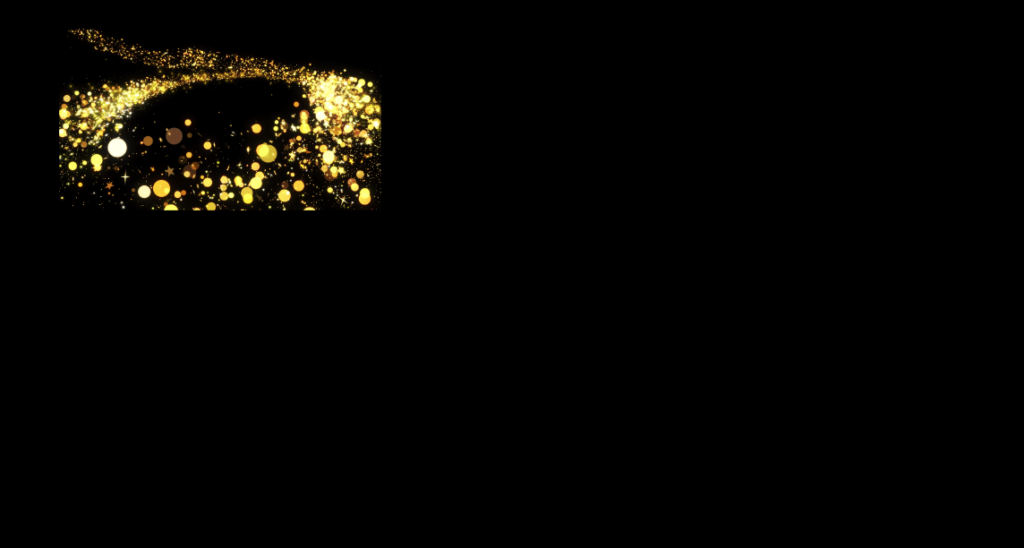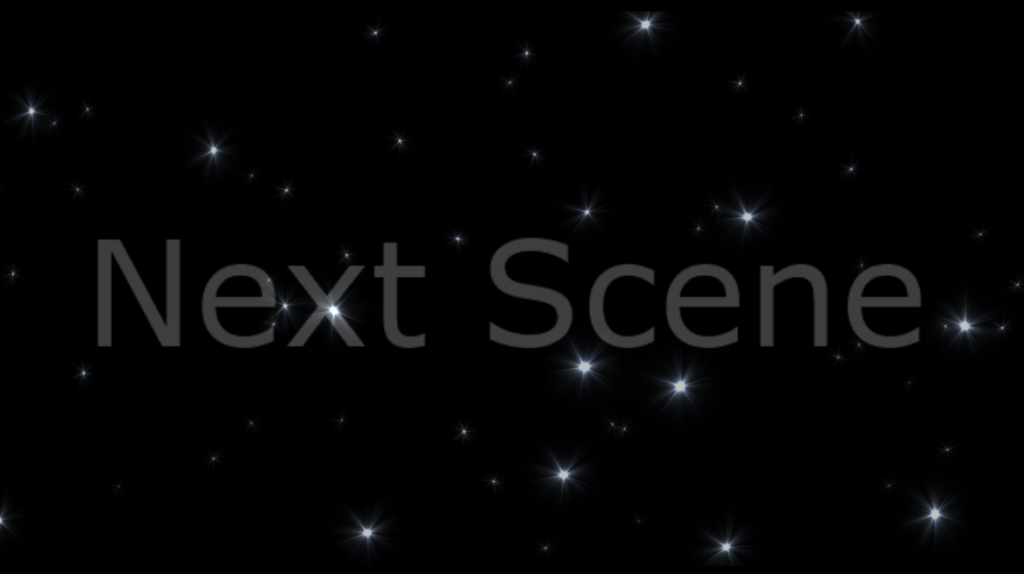Cycle 1: A Touch of Magic
Posted: March 31, 2025 Filed under: Uncategorized Leave a comment »For this project, my primary strategy was to try to reverse engineer a piece of media I experienced in a queue at Disney World. I was pretty sure I understood how it was working, but I was curious if I would be able to reconstruct some portion of it on my own. After thinking about the patterns, I knew the media sequence was a series of scenes that were just variations on one another with either some kind of count trigger or time marker that triggered the movement into the next scene. I also wanted to use this as an opportunity to explore a depth sensor, as a tactic to experiment with other interactive media I’ve seen used in various capacities. The two together were challenging, and I think there were ways that I could have created a more polished finished product if I had focused on one thing or another. I think this is a byproduct of me originally imagining a much bigger/flashier end product at the end of the three cycles, which I have since scaled back from significantly. In the end, these cycles will end up serving more as vehicles for me to continue to learn and explore so I can better recognize how these tools and technologies are working out in the wild, thereby making me a better partner to the people who are actually executing the media side of things.

Figure 1: No Time for Making Things Neat
The tools I used for this were a depth sensor, Touch Designer mainly because Isadora couldn’t recognize the depth sensor without it, and Isadora. In Isadora, I used a Virtual Stage for the first time in one of my projects. It helped me be able to see where the areas were I was isolating with the depth sensor, while keeping it separate from the area where the interactive pieces were being triggered. I used the Luminance Key, NDI Watcher, and Calc Brightness actors for the first time in a project and continued to enjoy the possibilities of triggers, gates, and sequential triggers. I find that I am always thinking about how the story progresses, what happens next, and in building in ways for what I’m creating to naturally bring up another scene or next thing once it’s reached a relatively low threshold or interactions or time.

Figure 2: An Abundance of Gates and Triggers
Some challenges were that I didn’t quite author to the technology, which caused some issues, and I didn’t fully understand the obstacles I might encounter in moving from one space to another. The very controlled environment of a ride queue is perfect for these kinds of tools, and I feel like I understand much better, now, how this could work in a more controlled and defined space. I also think focusing on the challenges of a depth sensor alone and maybe using it to more carefully capture motion, rather than necessarily a range of depth, could have allowed this to be more sensitive and, therefore, successful. I certainly spent more time than I would have liked trying to figure out how to get the trigger to be less sensitive than I wanted it to be but sensitive enough to still fire, and I still didn’t quite figure it out.
I think the decision to trigger both a visual and auditory reaction when the specific areas were interacted with was a good one. The sound, especially, seemed like a success with my classmates interacted with it, and the simplistic nature of a little bit of magic on a black screen also worked well. It was noted that the specific visual and sound combination did make those playing with it want to do more magical motions or incited joy, so I think that those were good choices.

Figure 3: A Touch of Magic
I can’t help wishing the presentation would have been visually more polished, but I don’t really have the skills to make more finalized video product. Adobe stock leaves something to be desired, but it’s what I’m mostly working with right now, as well as whatever sounds I can find in a relatively short amount of time that kind of “do the job.” I think this is where my scenic design abilities need the other, media design part to fully execute the ideas that are in my head. As I said, though, I am primarily using these cycles to continue to explore and learn how things work.
In the end, I think the project elicited the responses I was hoping for, which mostly was for people to realize a motion in a specific space would trigger magic. I could also see how some magic incited the desire to seek out more, and I think that a more comprehensive version of this could absolutely be extrapolated out into the queue entertainment I saw at Disney.* I do think this project was successful, in that I learned what I set out to learn and it incited play, and, depending on how the coming cycles develop and what I learn, there feels like the possibility some of this might show up again in the coming cycles.

Figure 4: The To Be Continued Scene Transition
*In the queue, guests interacted with shadows of either butterflies, bells, or Tinkerbell. After a certain amount of time or a certain number of interactions, the scene would kind of “explode” into either a flurry of butterflies, the bells ringing madly, or Tinkerbell fluttering all around, and move into the next scene. Guests’ shadows would be visible in some scenes and instances and not in others, sometimes a hat would appear on a shadow’s head. I think I mostly figured out what was going on in the queue sequence, and for that, I’m very proud of myself.